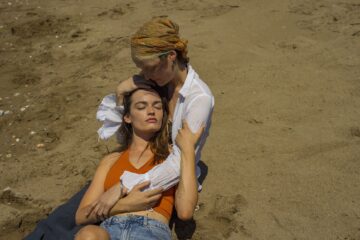
TO WATCH: NUMÉRO BERLIN’S SUMMER MOVIE WATCHLIST
The days may be getting shorter, and Berlin might already feel like it’s skipped ahead…
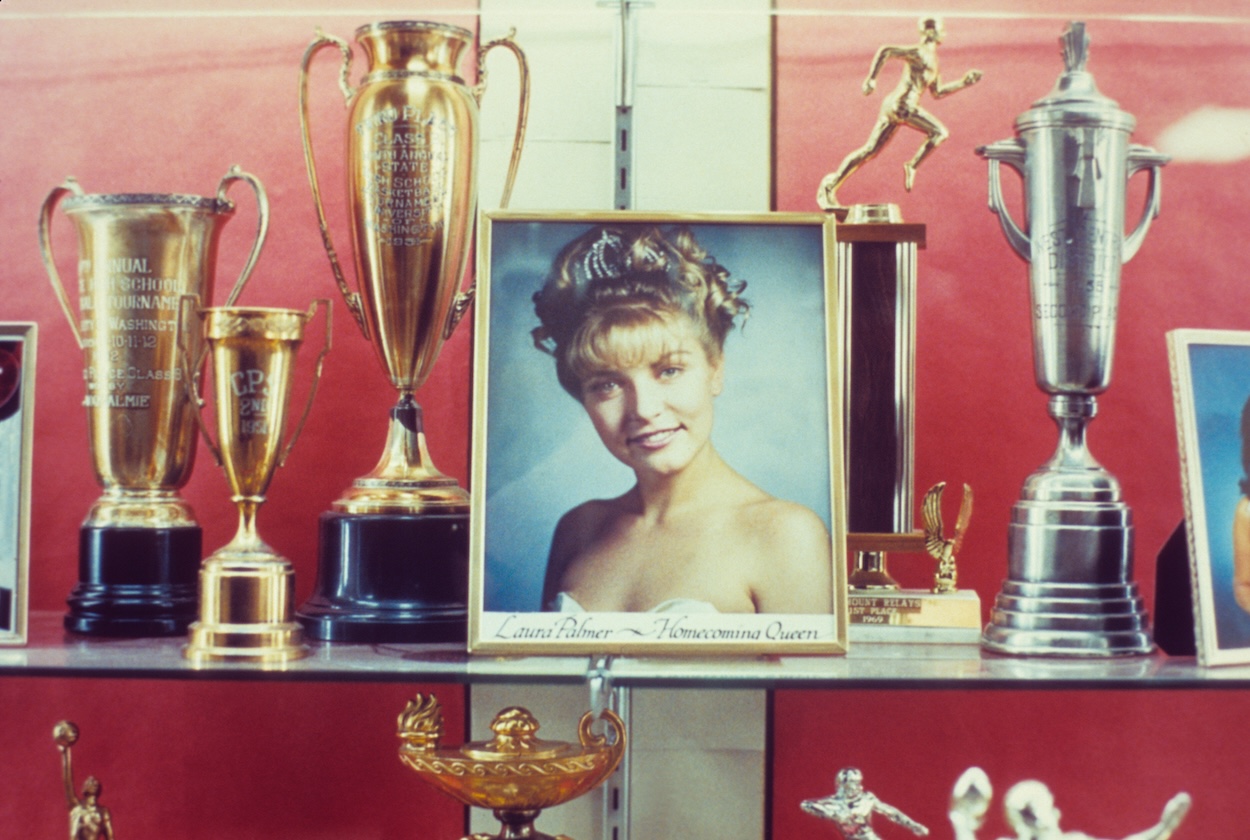

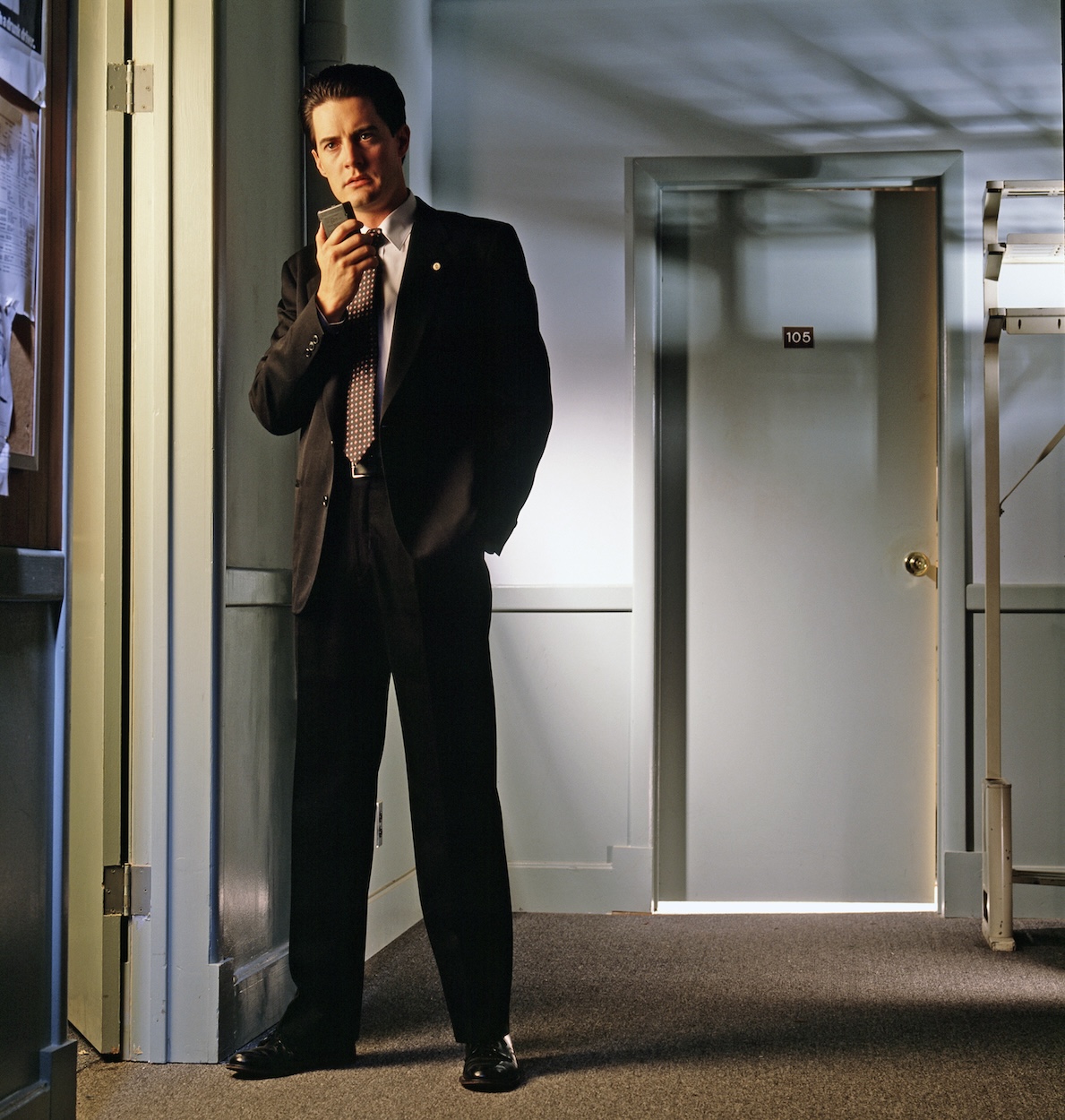
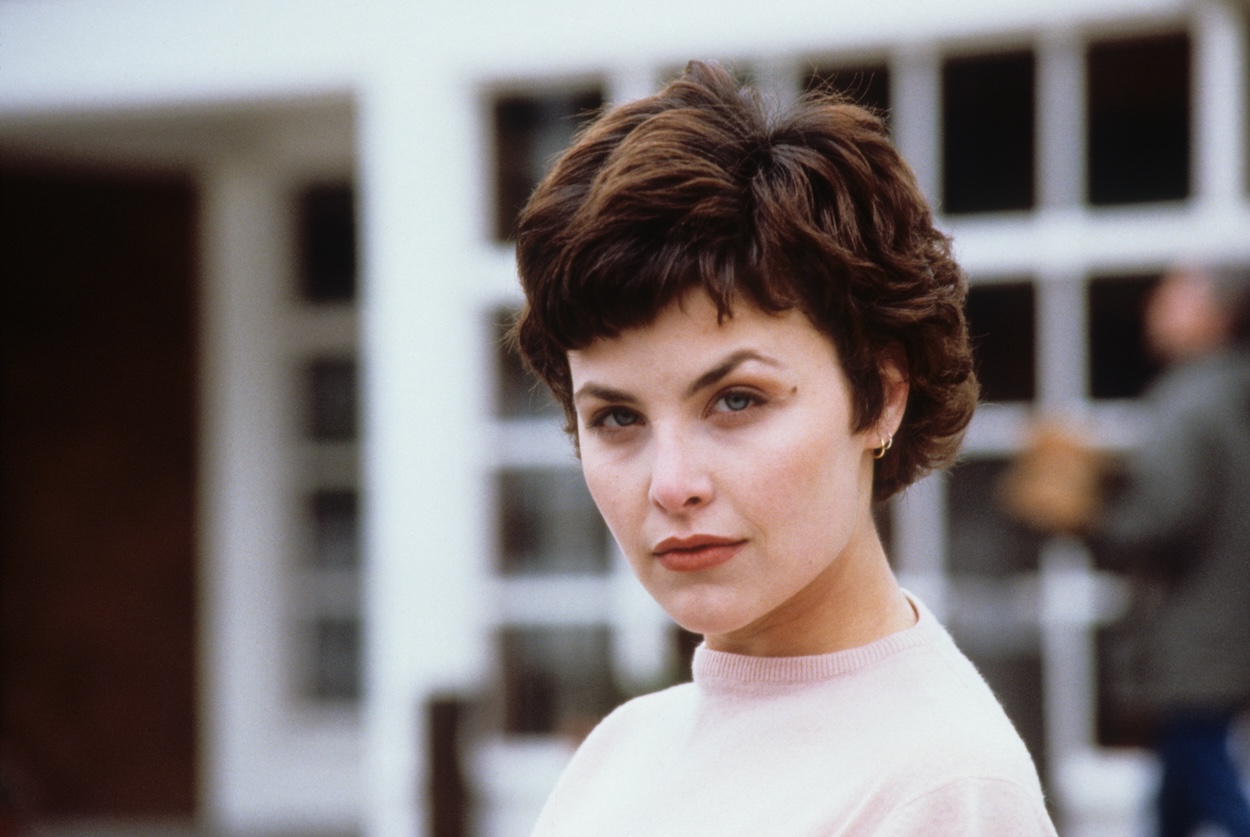
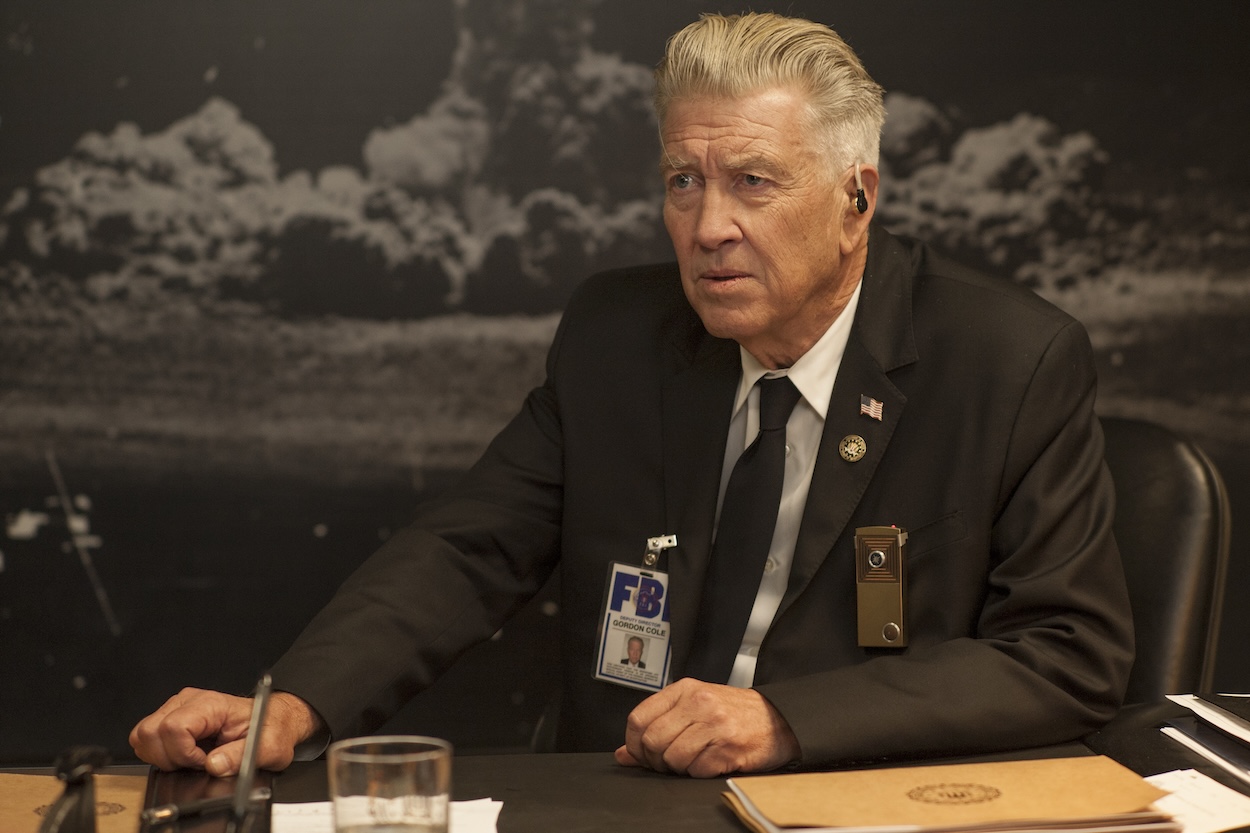
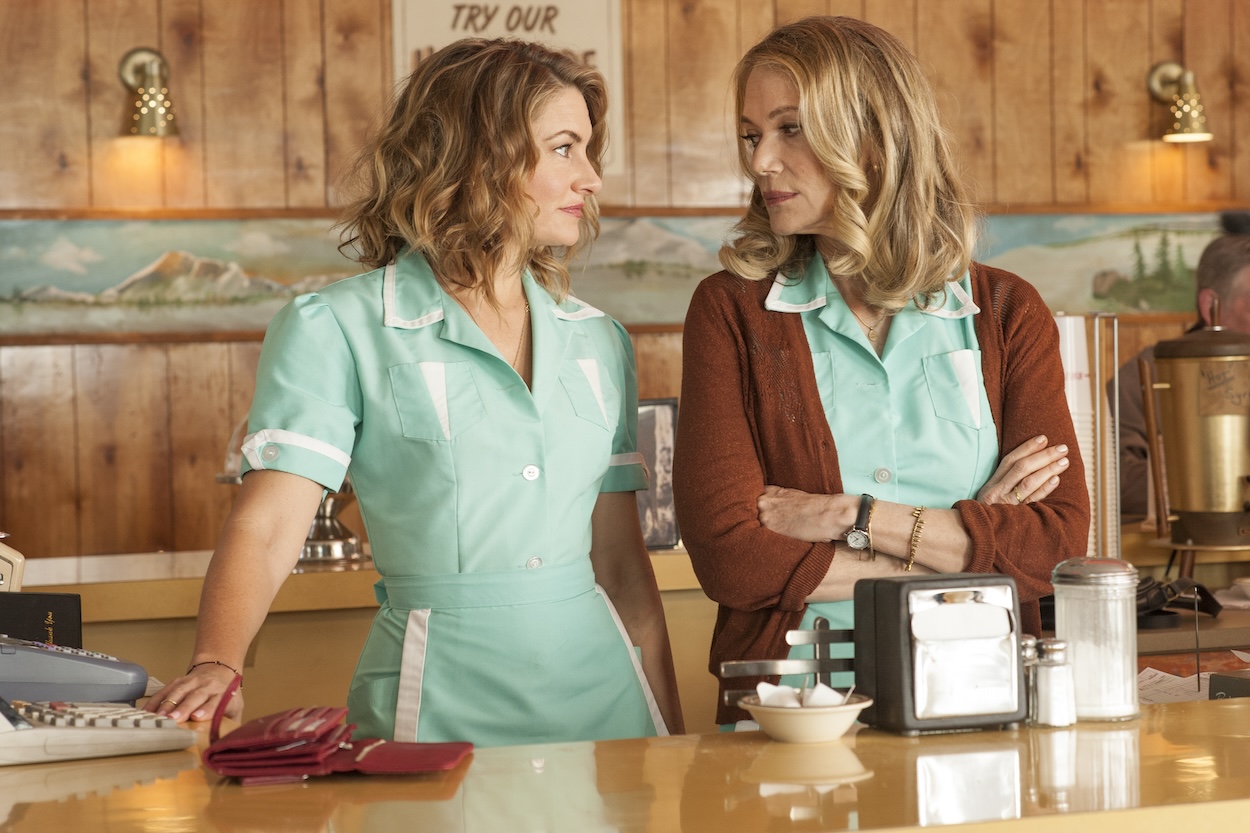

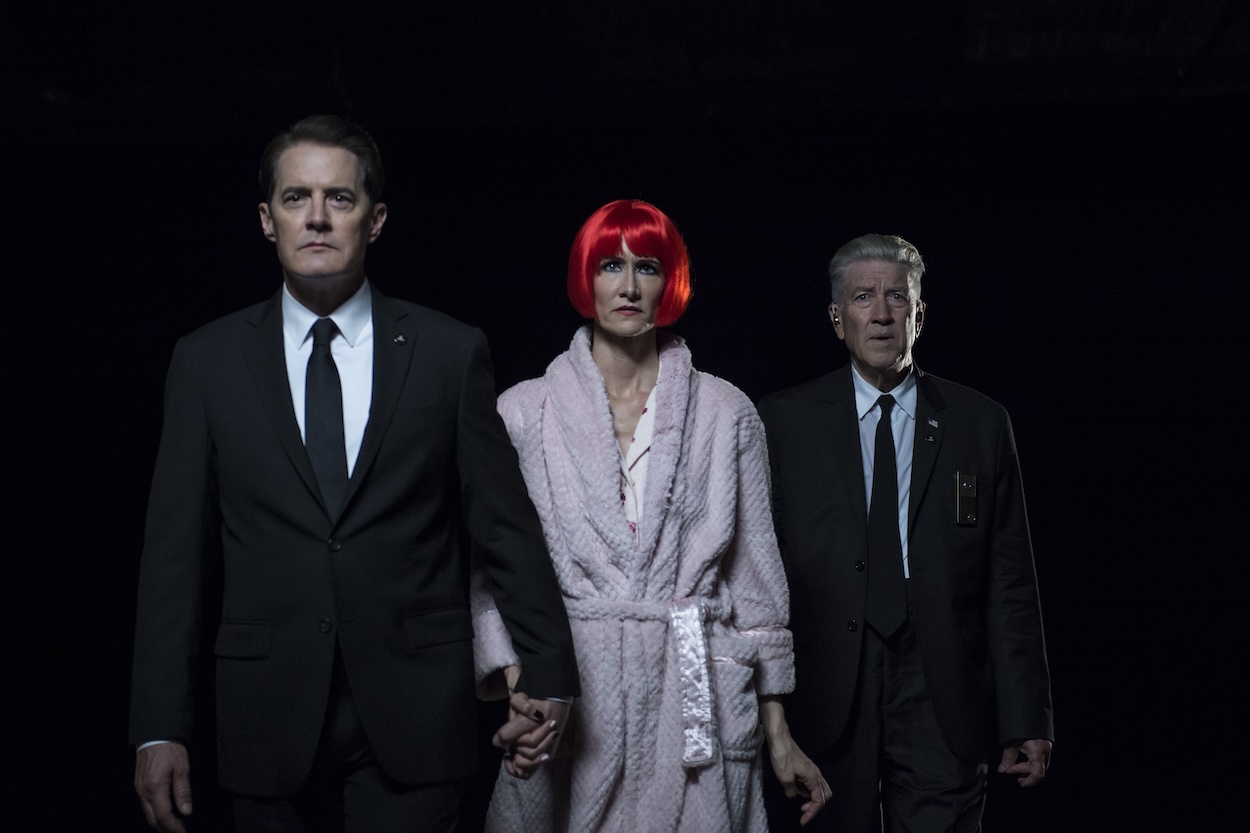
The iconic ’90s series Twin Peaks saw a rapid rise and fall as it was cancelled after just two seasons, but over the years, it built a devoted and memorable fanbase that has kept the story alive ever since.
Now, three and a half decades since the series first aired on cable television, the first two seasons and the mini series Twin Peaks: A limited event series from 2017 are set to be re-released this Friday, June 13th, on MUBI, global film distribution, streaming, and production platform. This release also serves as a tribute to the groundbreaking work of the late David Lynch, whose unmistakable style and vision as an artist shaped filmmaking like no other.
Numéro Berlin spoke with Mark Frost, who co-created the first two seasons of Twin Peaks alongside David Lynch and also served as executive producer on the miniseries.
The show’s co-creator reflects on its enduring success and evolution and shares advice for young creative collaborators navigating today’s industry.
Mark Frost: It feels like this is the third generation that’s now kind of getting it. And I guess that speaks to its ability to still have something to say to people, to still entertain them, to still engage them. And honestly, you can’t ask of anything more than that from your work, that it has a way of finding a new audience with each new wave of people who come through.
When we started with network television, the rhythm was once a week. And when we brought it back in the States, on the premium cable channel Showtime, we still wanted to do it once a week because that was the rhythm people were used to experiencing shows with. That gave them time to kind of download it internally and talk to their friends and have maybe a day at work to discuss it.
But it’s also been available for quite some time on various streaming services here and that does lend itself to binging. I mean, I know people who’ve done like 18 hour marathons of the third season continuously, I guess with a break for dinner, I don’t know, maybe a nap somewhere, but I think the show can be consumed either way. And now, many people might be seeing it for a second time, so binging might be ideal for that. So I’ve always felt the more choices we give the audience with how they consume the stories that they like, the better it is for them and for people who do this for a living.
It’s about the attention to detail that we had, to the way the stories were constructed, the way that the show was made. We always thought of it as if we were doing feature film work on a different medium that had that kind of comprehensive production, art design, costumes, cinematography. We were always, and David particularly, because he was such a brilliant film director, wanted to marshall all those kind of departments to work at a different level than what you were used to seeing on television. I think that was part of its appeal. That you didn’t feel like you were watching just another episode of just another show.
“The reason David and I worked well together is that I was a word guy and David was a picture guy.”
He came from the visual arts. That was really the world that he grew up in and the world that he knew. And I came from a literary playwriting background, the theater, novels. Short stories, plays, I wrote them all, I consumed them all, even though I was in love with the movies and television. So I think it was somehow a blend of both of those disciplines created.
I particularly had a strong interest in mythology and the role that mythology has always played in storytelling. I was educated in the Greeks and in the classic plays. And I always feel that if something has a mythic underpinning, it speaks more directly to people. And what we wanted to do was apply that to a story that was quintessentially American, which hadn’t been done very often. How can a small town be a kind of a stand-in for really all of us? We found that almost everybody could find someone they truly identified with. Then we used the mystery story as a way to take you into the town, introduce you to all the people, and that way it became kind of sneakily mythical. As we got further along, we started to introduce the subconscious and the dreams and the roles that those elements play in people’s lives, which you certainly hadn’t seen depicted on television very often up to that point.
Well, we shot the pilot all on location. And when we did the series, we shot most of it in and around Los Angeles on a soundstage where we have all the major sets. We still went up and shot exterior shots.
But when we went back and did the third season, 25 years later, we spent almost two months up there working and revisiting all those original places. And that was an amazing experience to see it a quarter of a century later: The town itself had changed. This little town of Snoqualmie had become kind of famous. So it’s very interesting how there was a kind of synergy between the real town and the town that people assume it is now. I probably met two dozen people who actually moved there as a result of their relation with the show, they just felt a kinship to it.
In the back of my mind, yes. I mean, when we were cancelled after two seasons, it was very disappointing, because we thought it would go for a longer period of time. But as it turned out, it allowed us to let the show kind of build an audience over time after we’d gone off the air. Beyond anything that we had any reasonable expectation of doing. And then the demand for coming back was that much greater. We were even able to use the time gap to fit right into the story we wanted to tell.
Well, it was great. It was based really on our friendship to start with. We just got along incredibly well, and I had never written with a partner before, and neither had he. And I don’t think either of us ever really did much of that again. So it was a special relationship.
And if you can find fellow creatives who you vibe with, particularly with an art like telling stories on film or digital, you need more than one person. It’s not a solitary pursuit, it’s a collective. So look for your group, look for the people that you feel that kinship for, that’s number one. And then, given that the entry to writing or producing your own thing on digital video now is so much lower than it used to be, I would advise everybody to get out there and make a short film. Do something together that excites you, that moves you, that makes you want to share this with an audience and put it out in the world and see what happens.

The days may be getting shorter, and Berlin might already feel like it’s skipped ahead…
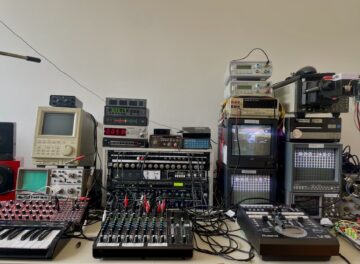
"we have to use this finite time we’ve been given. At some point it’s over, or maybe…
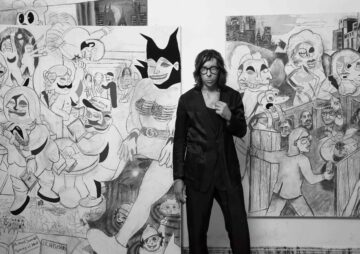
"Courage is the sexiest thing there is. I love people who are brave. And in everything I…